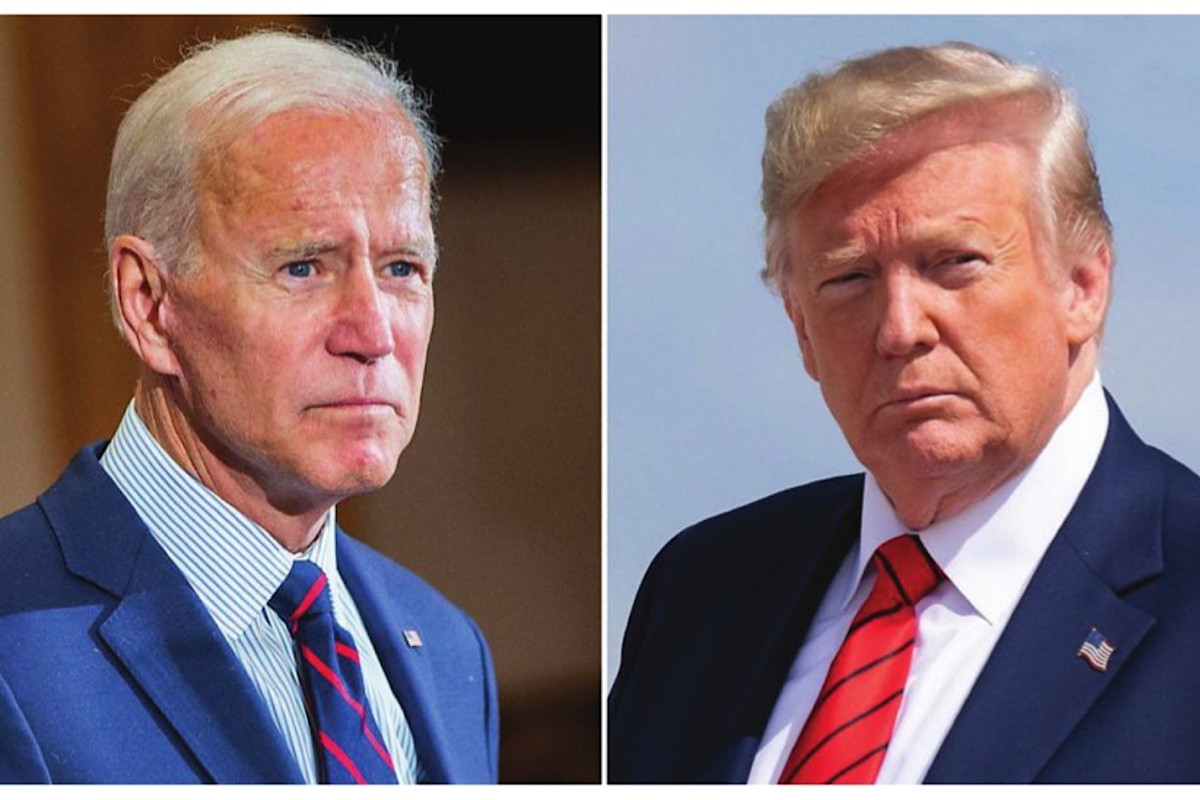Within global economies, America’s resilience shines brightly, defying the dire predictions of naysayers and sceptics. Against a backdrop of uncertainty and volatility, the US economy has emerged as a bastion of strength and vitality, demonstrating a remarkable ability to weather storms and navigate through turbulent waters. The recent economic indicators paint a vivid picture of America’s robustness and dynamism ~ steady GDP growth, resilient labour markets, and a palpable sense of optimism pervading the economic landscape. Despite facing formidable challenges such as inflationary pressures and geopolitical tensions, the American economy continues to forge ahead, outpacing its global peers and reaffirming the USA’s status as an economic powerhouse.
As the nation stands on the cusp of a pivotal Presidential election, the economic visions put forth by the candidates, former President Donald Trump and President Joe Biden, offer divergent paths for charting America’s future course. While both candidates present compelling narratives and policy prescriptions, their approaches diverge in significant ways, each carrying its own set of opportunities and risks. Mr Trump’s economic agenda is characterised by a fervent embrace of economic nationalism and deregulation. Throughout his tenure, Mr Trump championed policies aimed at revitalising American industries, renegotiating trade agreements, and slashing corporate taxes to stimulate investment and job creation.
His unapologetic stance on prioritising American interests resonates with a segment of the electorate seeking to safeguard domestic industries and promote economic self-sufficiency. One area where Mr Trump’s stance garners support is his pledge to secure the nation’s borders, a cornerstone of his administration’s policies. The proposal to deport illegal immigrants, often portrayed as controversial, is in fact a necessary step towards safeguarding national security and upholding the rule of law. However, Mr Trump’s approach has not been without its detractors, particularly his handling of trade disputes. While his efforts to renegotiate trade deals and protect American workers have garnered praise, his confrontational approach has sparked concerns about potential disruptions in trade. On the other hand, Mr Biden’s economic vision espouses a more interventionist approach, emphasising the role of government in addressing economic inequalities and promoting social welfare.
Mr Biden’s platform includes proposals for raising taxes on corporations and high-income earners, expanding access to healthcare and education, and investing in infrastructure and clean energy initiatives. While Mr Biden’s agenda resonates with progressive ideals and promises to address long standing economic disparities, it also raises concerns about the potential impact on business competitiveness and economic growth. Critics argue that higher taxes and increased regulation could stifle innovation and entrepreneurship, dampening incentives for investment and job creation. Ultimately, the choice between Mr Trump and Mr Biden represents a stark contrast in economic philosophies, each with its own strengths and weaknesses. While Mr Trump’s agenda prioritises economic nationalism and deregulation, Mr Biden’s platform leans towards government intervention and social welfare programmes. As voters weigh their options, they must carefully consider the implications of each candidate’s economic vision.











